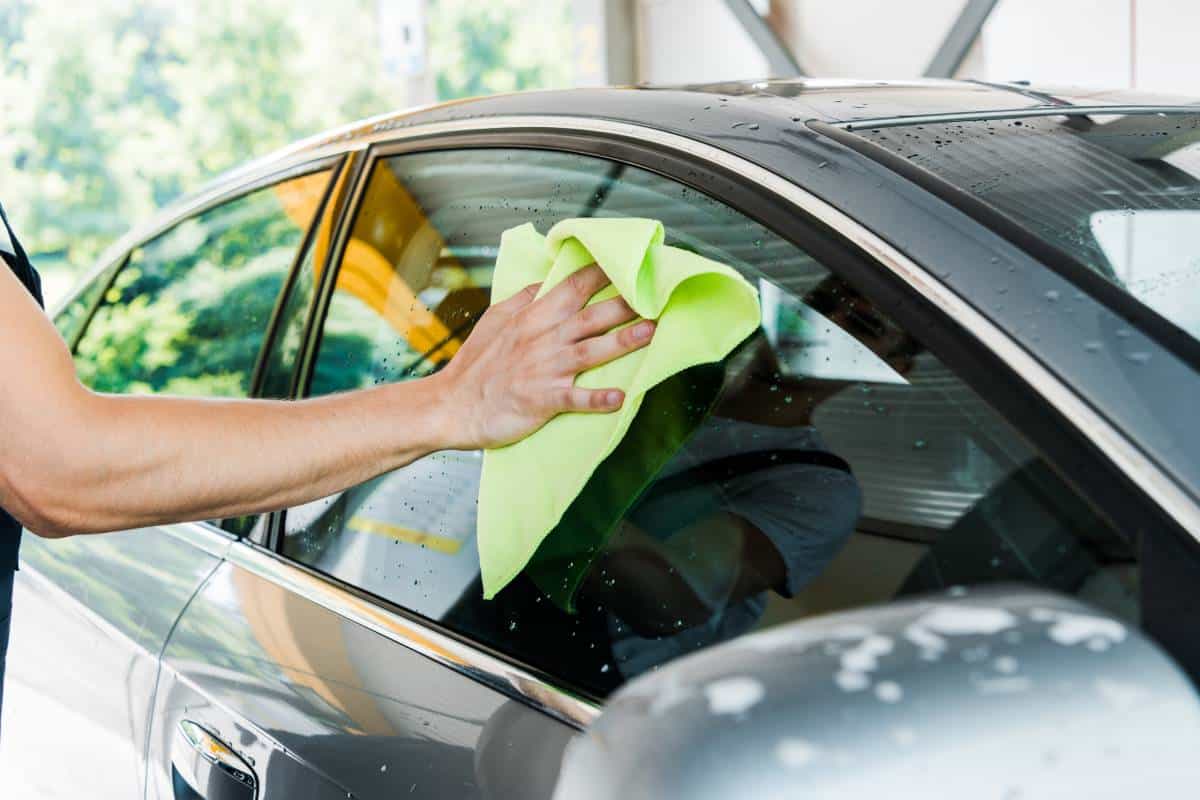
PDR is the Greenest Body Repair—Here’s Why Insights Into Paintless Dent Repair in Austin
Car repair is no easy feat, especially nowadays when cars and trucks are full of complex electronics. With the increase in electric and hybrid vehicles, PDR is quickly becoming the preferred repair method for body shops because it does not use harsh chemicals that could potentially damage a car’s electrical system. Paintless dent repair (PDR) is a method of repairing dents, dings, and even scrapes on your vehicle by pressing and massaging the damaged panel from behind. Here is why PDR is the greenest body repair option.
It Does Not Produce Any Harmful Pollutants
Unlike other car repair methods, PDR does not use harsh chemicals or shop tools that could potentially damage a vehicle’s electrical system. During the repair process, a trained professional will use his hands or a specialized tool to push and massage the damaged panel into its original shape.
The Process is Quick and Easy
Unlike traditional body shop techniques, PDR eliminates the need for heavy machinery and paint. After the damage has been repaired via PDR, you can enjoy its benefits without needing to worry about its carbon footprint. The repair work will usually blend in with the paintwork to the point of being practically unnoticeable. This is because PDR leaves no visible traces of a collision or a dent, for that matter.
There Is No Need for Repainting
With PDR, you will not have to worry about repainting your car. Since PDR leaves no traces of a damaged vehicle, there is no need to repaint the affected area. Since no paint is used, no paint fumes are inhaled. This is an excellent benefit for you and the environment.
It Can Be Done on Electric Vehicles
Even though electric cars make up a small percentage of the new vehicles on the market, PDR can also be used to fix the damage to these vehicles. Since PDR avoids the use of chemicals that could potentially damage an electric vehicle’s electrical system, it is considered the ideal body repair method for electric vehicles.
It Does Not Harm the Environment
Traditional body work techniques usually involve painting and coating the surface of your car. Painting a vehicle is no easy task, as it requires a lot of equipment and toxic chemicals that are harmful to the environment. Most paints contain toxic elements, such as lead, chromium, and mercury. PDR does not use paint or other coatings to hide the repair work.
It Can Be Done Manually
PDR can be done without the use of machines. Most repair machines use diesel engines to supply power. If a repair shop uses one of these machines, you are likely breathing in fumes that are harmful to your health as well as the environment. With PDR, you can breathe easily knowing that it does not produce harmful pollutants during the repair process.
Go Green With PDR Services
There is a genuine reason why most experts and consumers recommend PDR over other methods since it is cheaper than traditional dent removal and safer. Many people do not know that paintless dent repair is available to them, as it is very common for damage to be repaired using methods such as body fillers or even spray painting the damaged area. Next time you’re in need of dent removal or body work, search for a repair shop that offers PDR—you’ll be making the best choice for your wallet, the environment, and your vehicle.
Conclusion
In a world increasingly aware of its environmental impact, choosing the right path forward becomes crucial. As we’ve explored, Paintless Dent Repair (PDR) shines as the greenest solution for vehicle body repairs. At Dingz Happen, we firmly believe in this sustainable approach, and we’ve witnessed the transformation it brings to the auto repair industry. Our skilled technicians are passionate about preserving the beauty of Austin’s landscapes by utilizing the eco-friendly PDR technique for hail damage. We invite you to join us in this green revolution. For top-notch PDR hail repair in Austin and to contribute to a more sustainable future, contact Dingz Happen today. Let’s make a difference—one dent at a time.